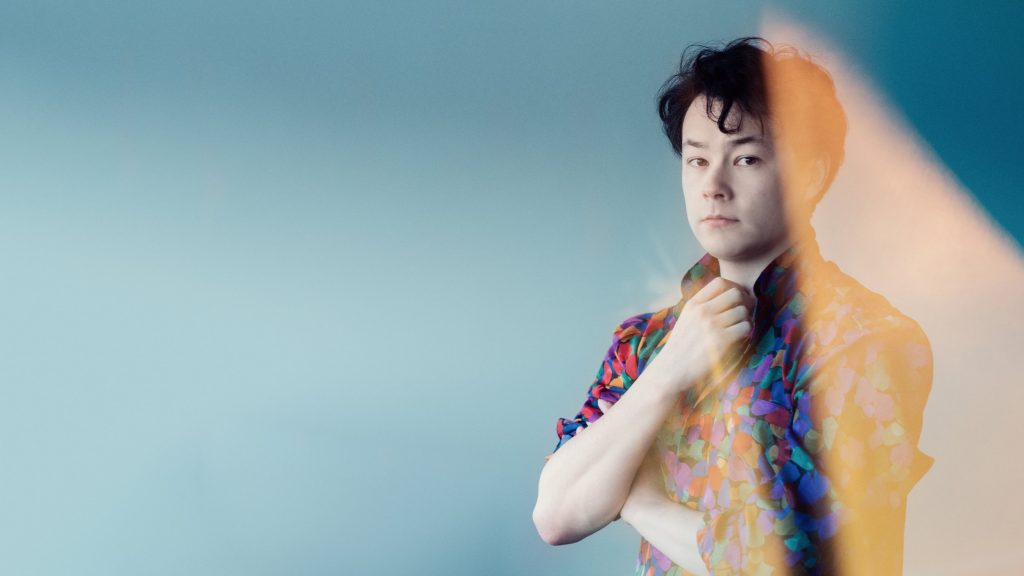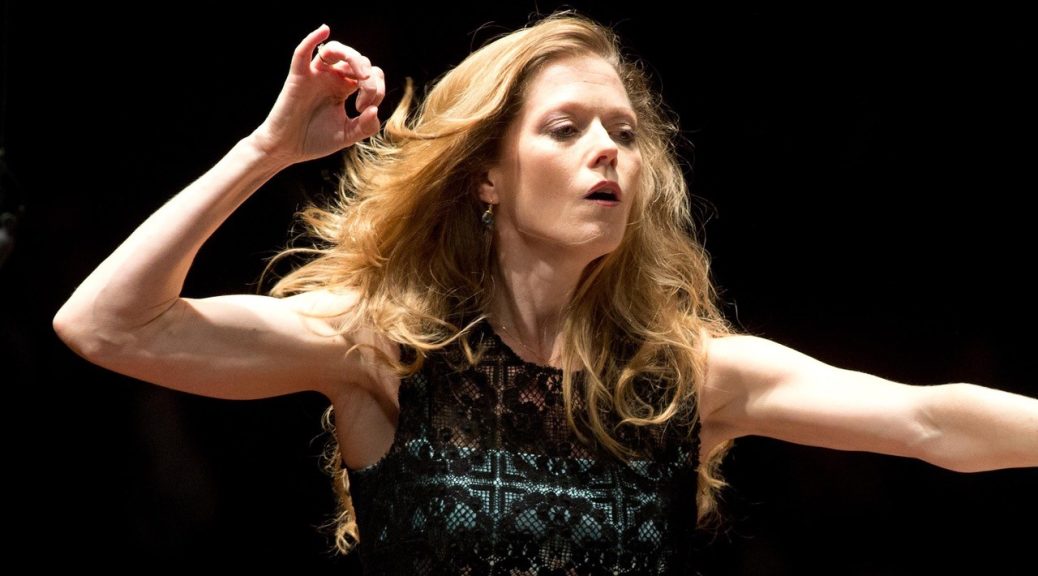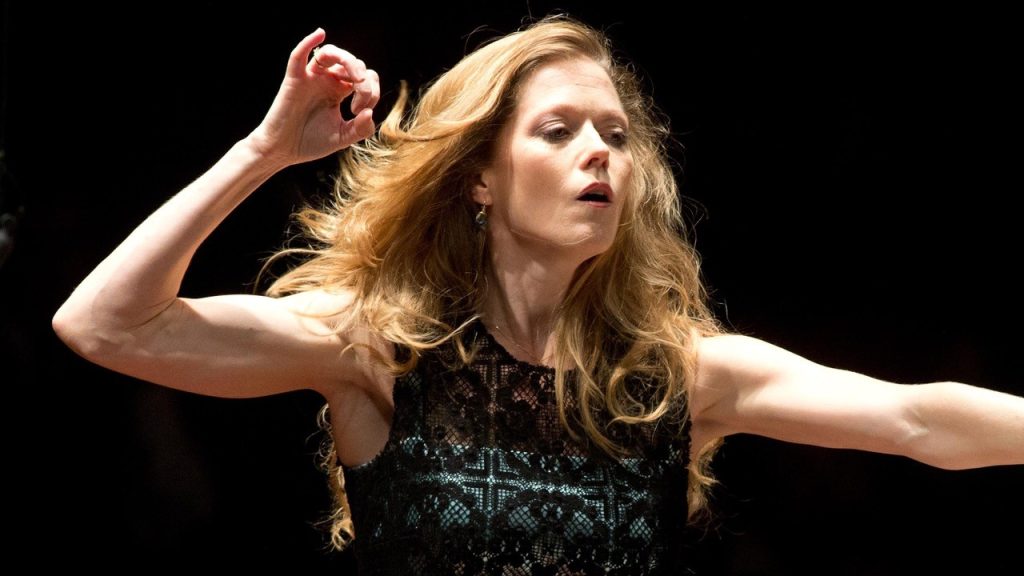
 (4 / 5)
(4 / 5)
WNO is filled with promise. With new singers emerging from our fine country, the company are on the quest to seek them out and give them the platform they deserve. For this newest recital, Dafydd Allen took the helm in a string concert.
Though programmed as a baritone, an introduction would state he has transposed into a tenor (at least for this programme). A selection of songs by Henri Duparc: Cinq mélodies Op 2, would be of great, evocative appeal and here Dafydd delivers. Though some strain with a few high notes and I assume some recital jitters may have come along, his voice does grab attention. Good acting must come into play for these songs, joy, anger, merriment et al, which continued in the choice of Hugo Wolf songs Mörike-Lieder. The last piece Abschied or Goodbye, has good fun and Dafydd seemed to enjoy himself. Light music from Eric Coates and Ivor Gurney, was sweet and a selection of Welsh songs also proves his native talents. Dafydd has so much to offer, though I do wonder about the singing range he will find himself in and no doubt, any vocal blips can be ironed out. We look forward to seeing more of him with WNO and further afield!
Soprano Isabelle Peters followed with a stunning selection of Debussy with Ariettes Oubliées. This was the real deal, no doubt here time with WNO giving her a lot of support and guidance. Further Richard Strauss and Brahms also thrilled, the German sounding good as well. Her voice just seems effortless in moments, airy and touching. Britten using Robert Burns, Spanish and Irish folk songs also felt like a treat, Isabelle proving see can sing in an array of languages and styles. Even some Rachmaninov at the end with Zdes Khorosho, had a vitality to it. An encore with both singers would be a duet from The Merry Widow, they seemed to have voices which moulded well for this soupy departure.
Hats off to both Dafydd and Isabelle for a lovingly sung recital that proves talent after talent.



 (5 / 5)
(5 / 5)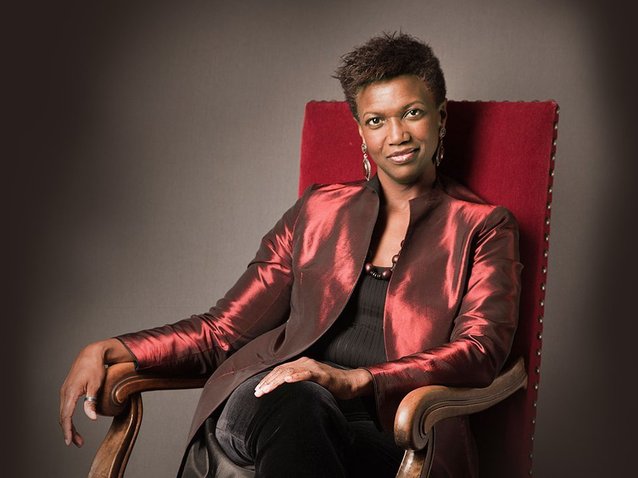
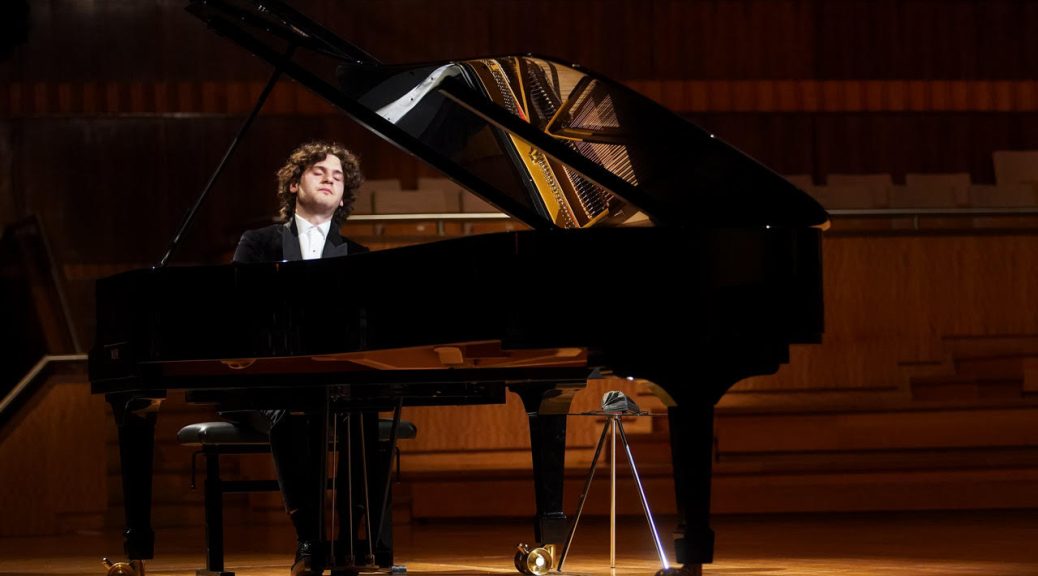
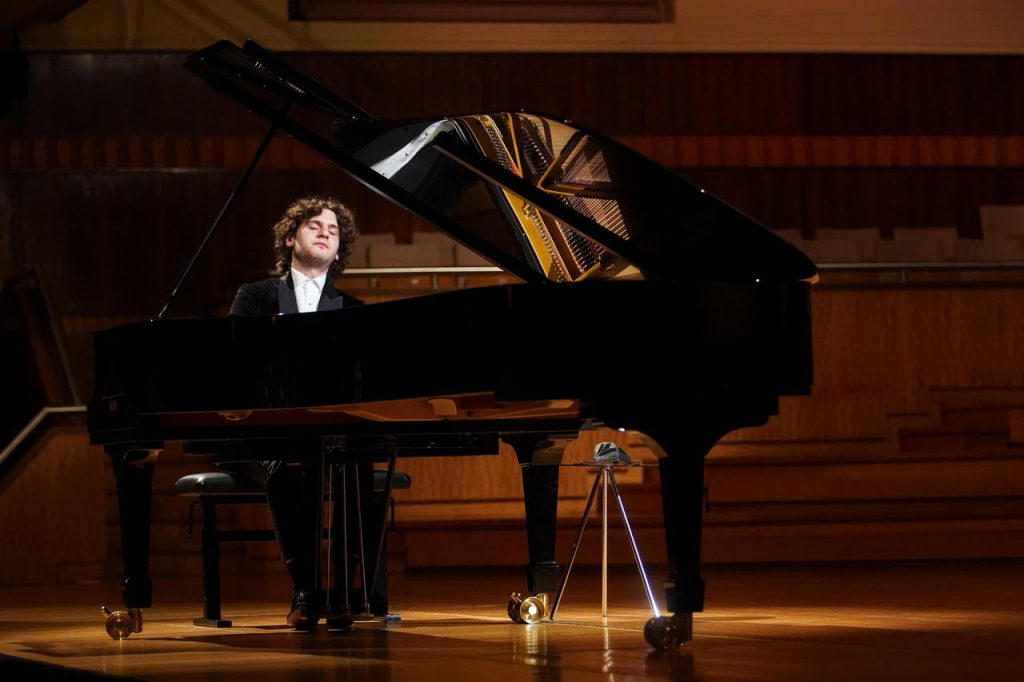
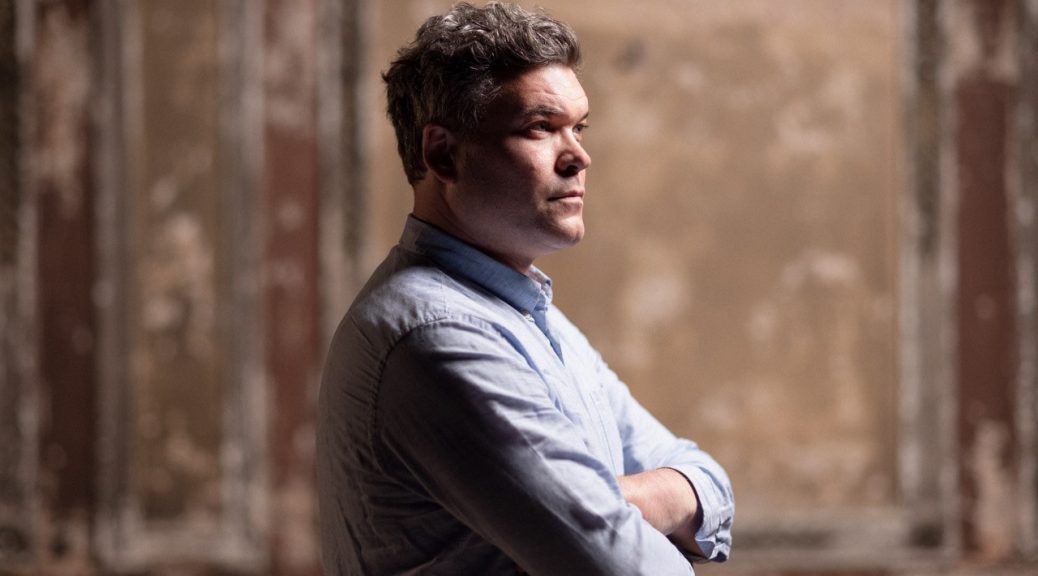
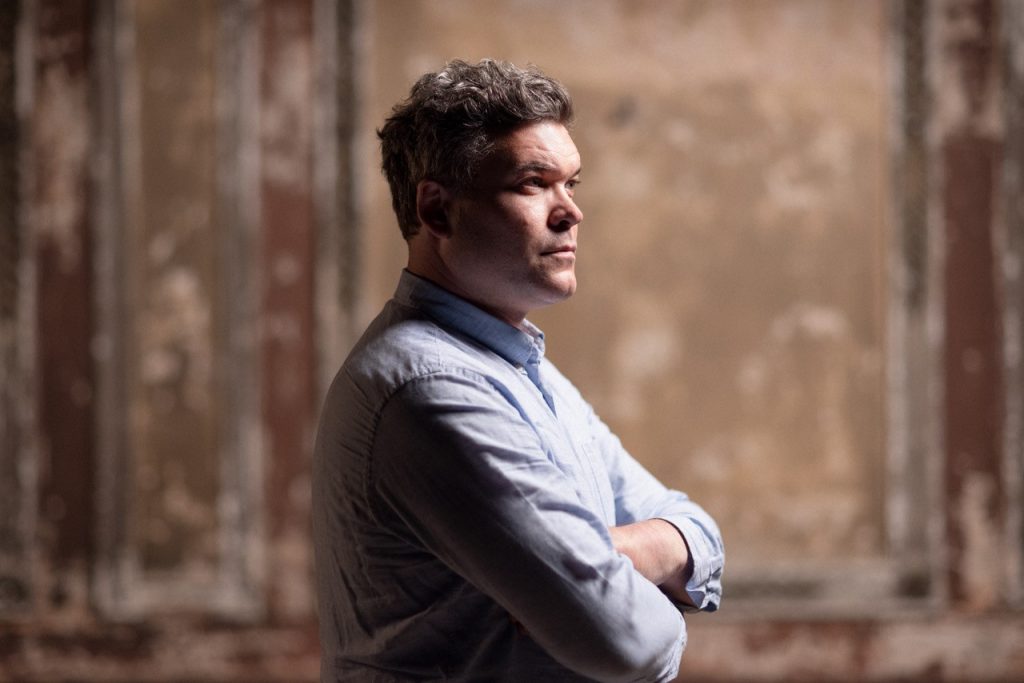
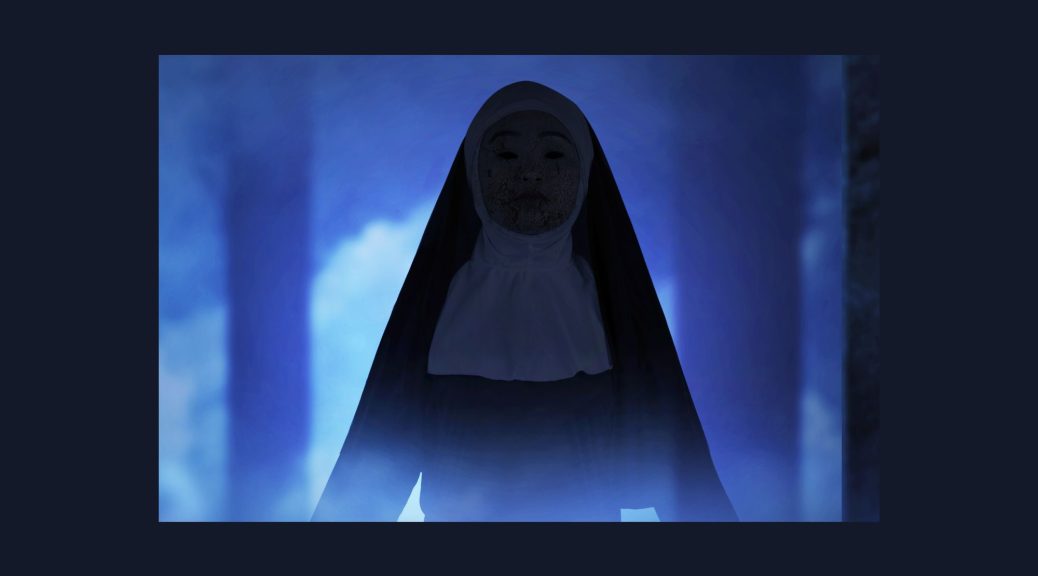
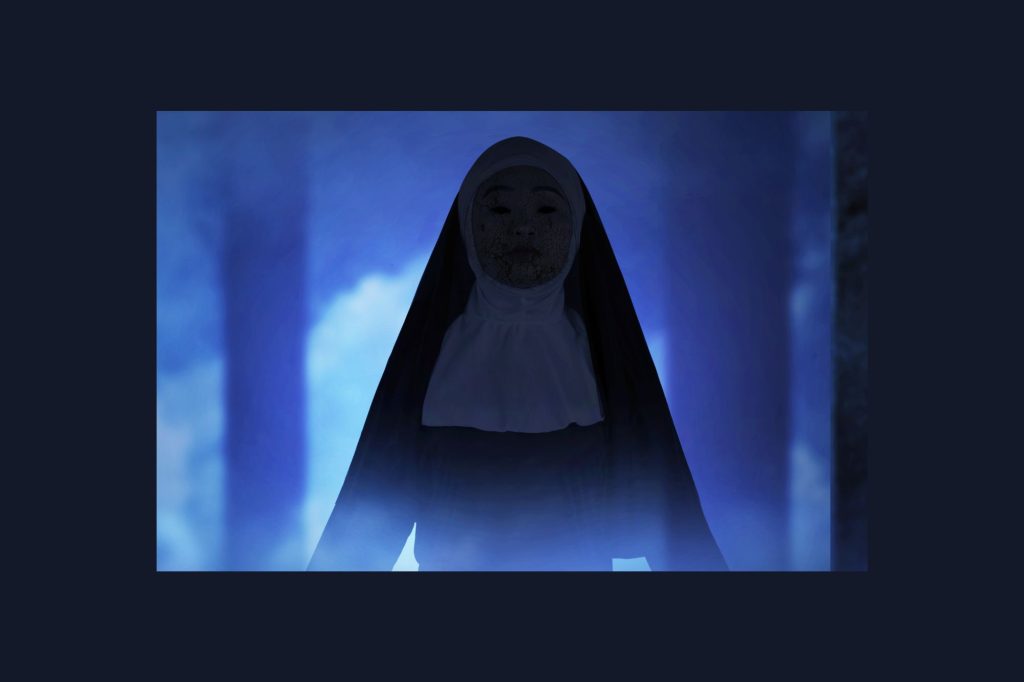

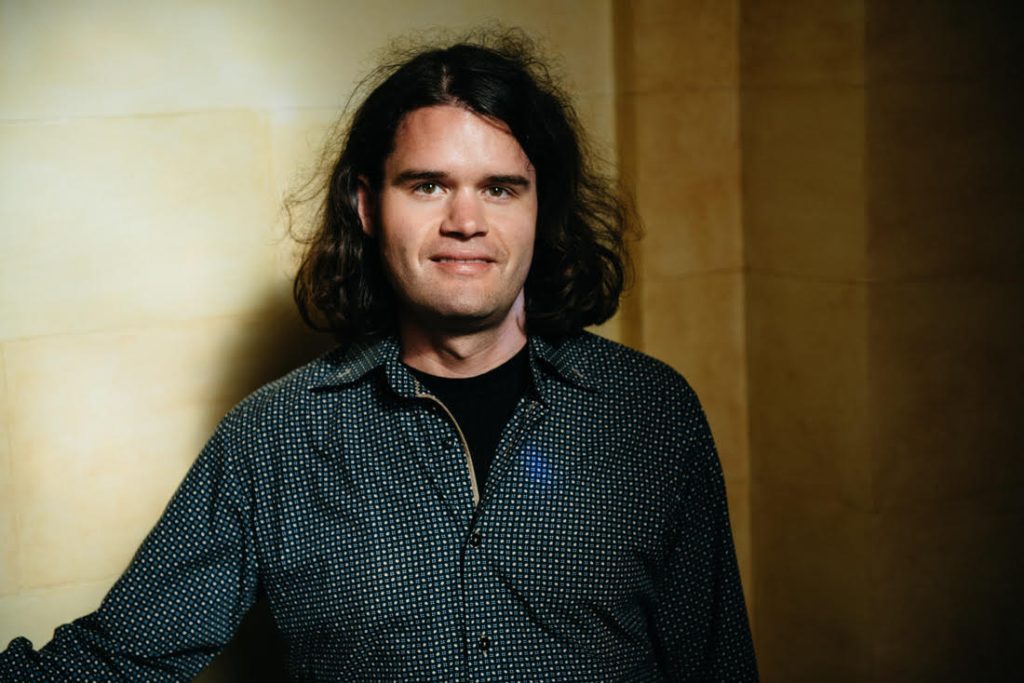
 (2 / 5)
(2 / 5)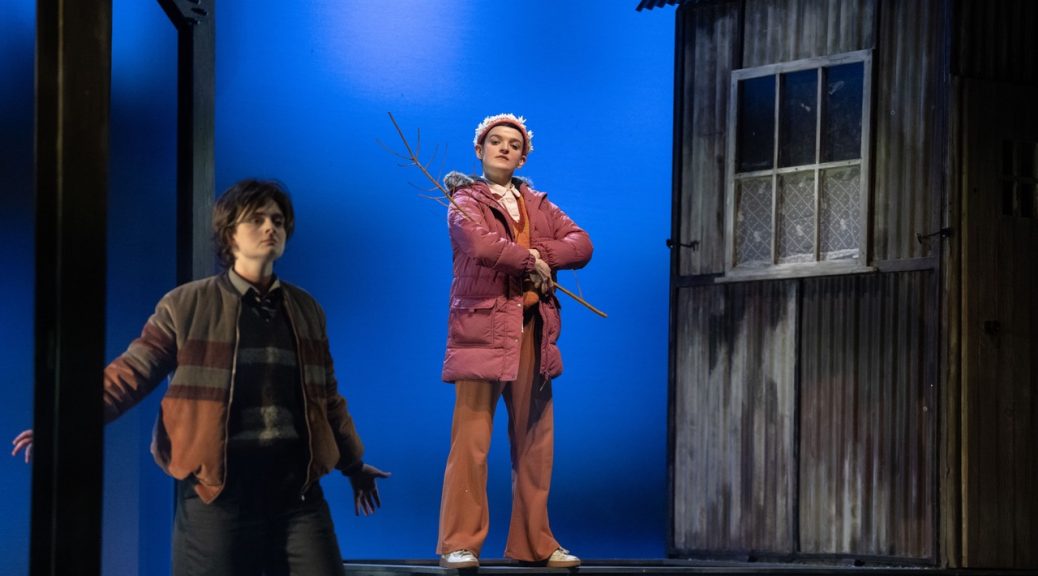
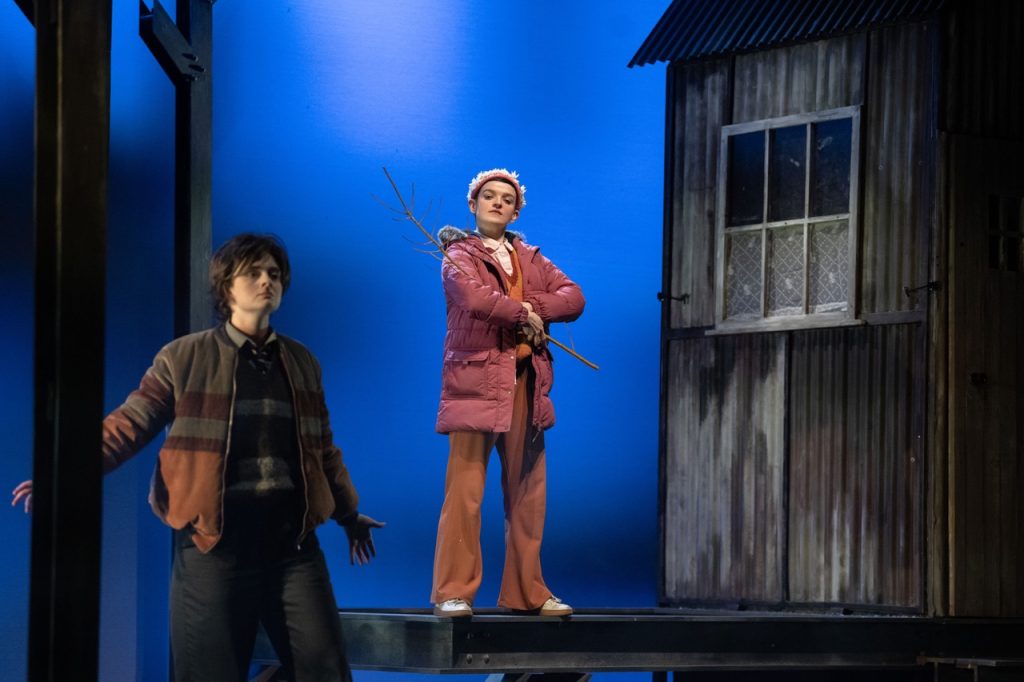
 (3 / 5)
(3 / 5)
